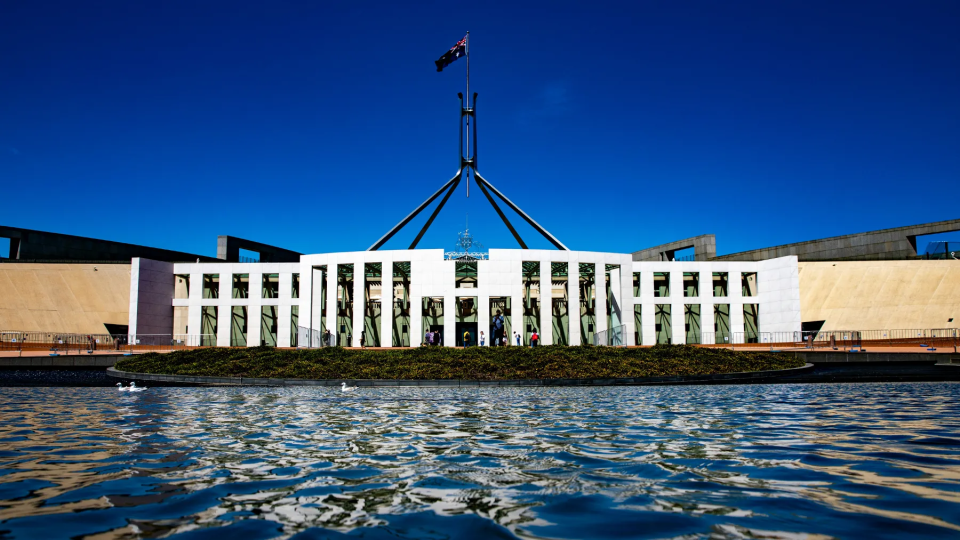
Our client is an Australian government-owned communications provider responsible for ensuring citizens have access to reliable networks. It employs over 2000 staff, and with its core mission to keep communities and businesses connected, internal collaboration is crucial to its everyday services.
Opportunity
Microsoft Teams is a cloud-based team collaboration software that is part of the Office 365 suite of applications. It provides a platform for unified communications and collaboration tools, seamlessly tying together OneDrive, SharePoint, Instant Messaging, Persistent Communications and Meeting Management into a single user experience.
For our client, rapid user adoption of Microsoft Teams and a lack of governance and ownership had resulted in an unmanaged and unmaintained platform that had become a content dumping ground for users.
With approximately 2000 users accessing the tool and storing documents, our client realised quickly that its lack of process was enabling end-users to create groups and add and remove users at any time without traceability. This unmanaged provisioning and accessibility of teams was presenting challenges such as:
- The client governance team was unable to govern or administer newly created Microsoft teams and their underlying SharePoint sites.
- No user access review meant confidential documents were not controlled.
- Unstructured content stores had become a dumping ground which was pushing IT storage costs up.
In order for our client to meet its strategic objectives around security compliance, collaboration and user experience, and data governance and information classification, it knew it needed to implement new security controls and put in place an effective governance process for the ongoing use of its Microsoft Teams platform.
Solution
As an experienced Microsoft partner, we we’re engaged by our client to ensure the successful design, delivery and adoption of the new governance process.
In order to achieve this, we led a series of design centred workshops which included change management strategy and ideation sessions with various stakeholders to understand how each area uniquely produced and shared information.
After establishing the business requirements, we deployed a new governance process which is now managed internally by a nominated Governance team.
The new governance process controls the number of site owners and sites, with requests to become a site owner requiring a form, nomination, and approval. It is then the responsibility of the Site Owner and General Manager to ensure access control is maintained and that users are removed and added only as necessary.
In addition to better governance of data, the introduction of an archiving process was established which follows the NSW Archives Act. This initiative ensured the cleansing of data, including old user accounts and documents, which has freed up storage space and reduced costs.
To help with user adoption and ensure effective change, we also provided guidance prior to the launch of Teams, including best practice manuals and training sessions to educate managers and employees on best use.
Outcomes
The benefits of a structured and organised Microsoft Teams environment, and the newly introduced Teams governance and interim provisioning process has resulted in the following business outcomes:
- Ownership and responsibility of sites clearly defined to ensure good governance and reduced risk.
- Maintained and controlled user accounts that are decommissioned when a person leaves the company.
- Reduced and controlled storage costs with unused documents archived or removed.
- Increased user competency has improved functionality and effectiveness of Teams.





